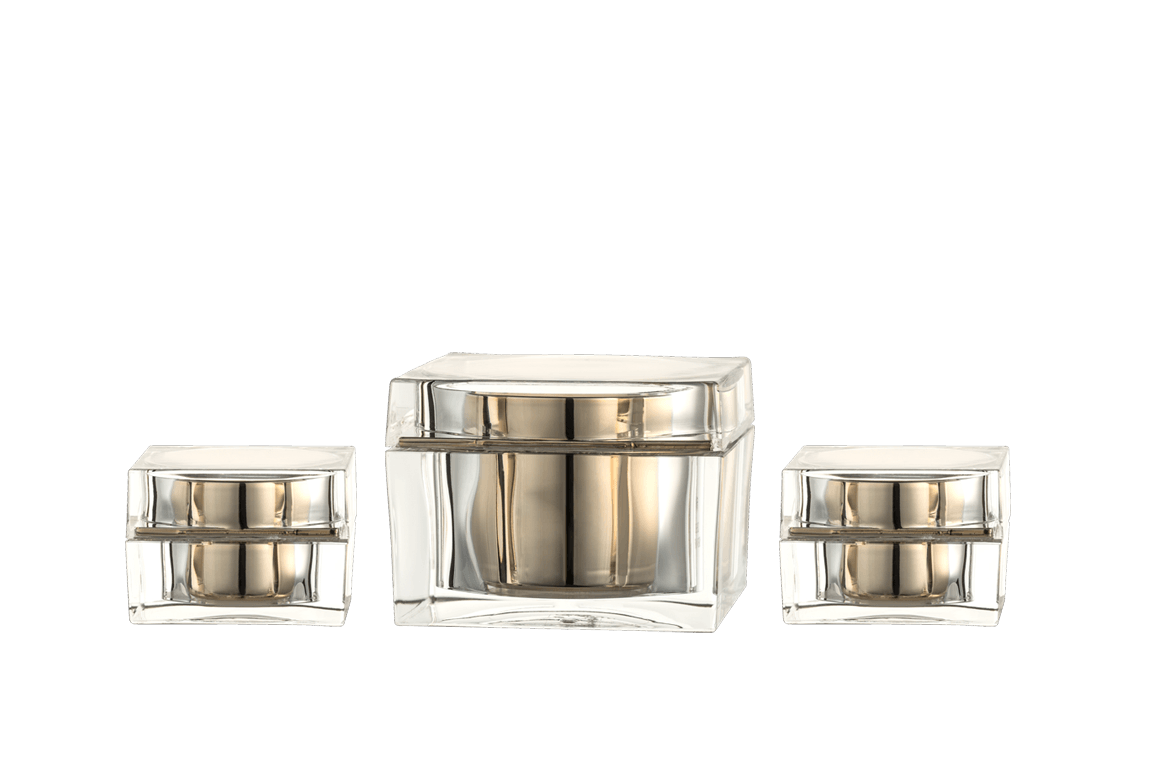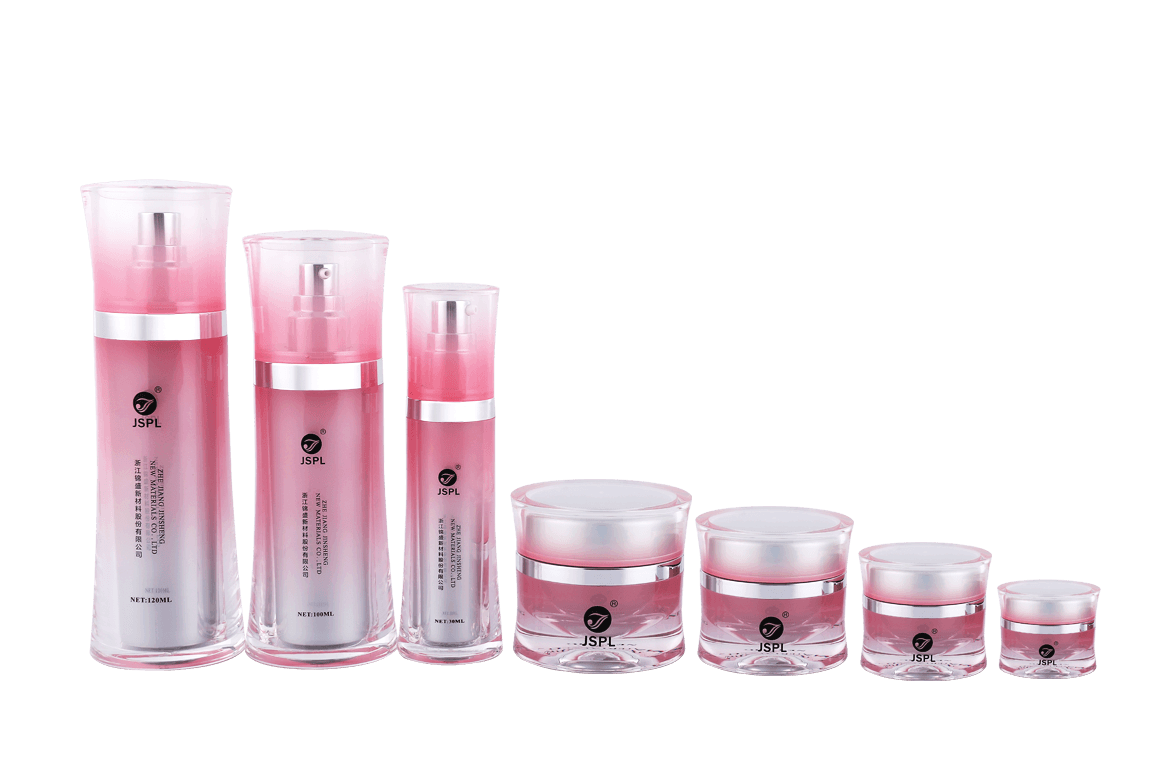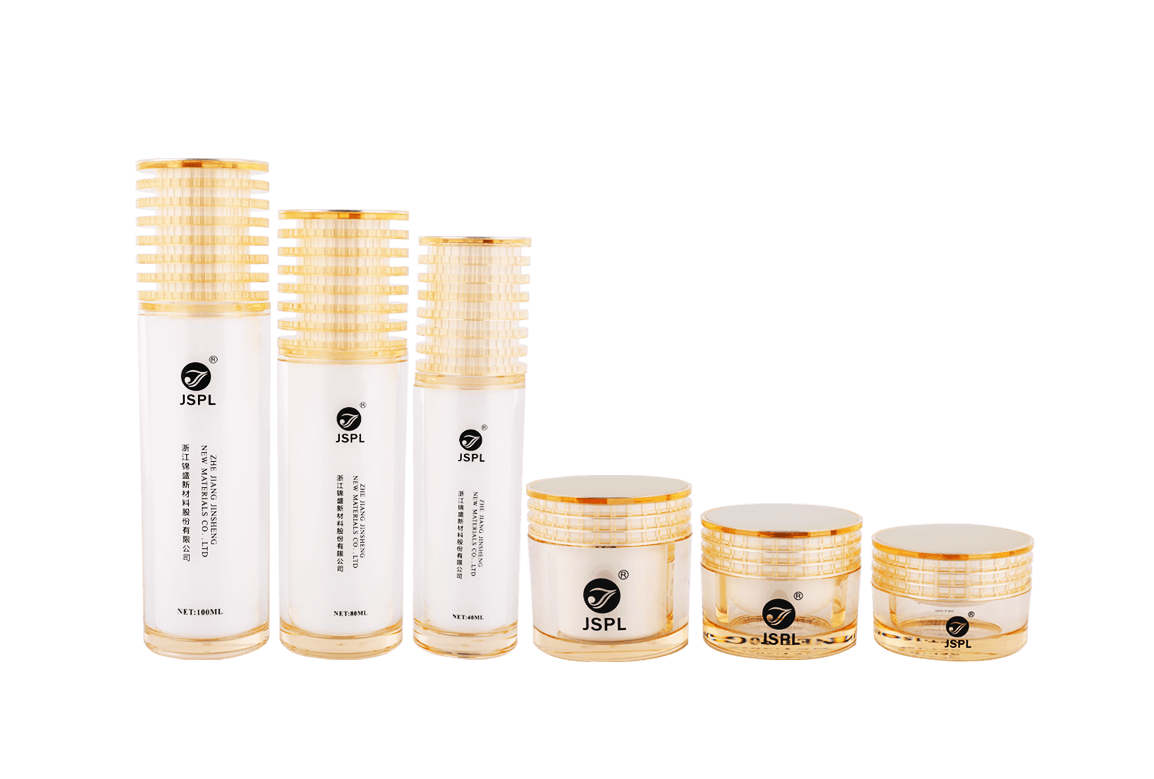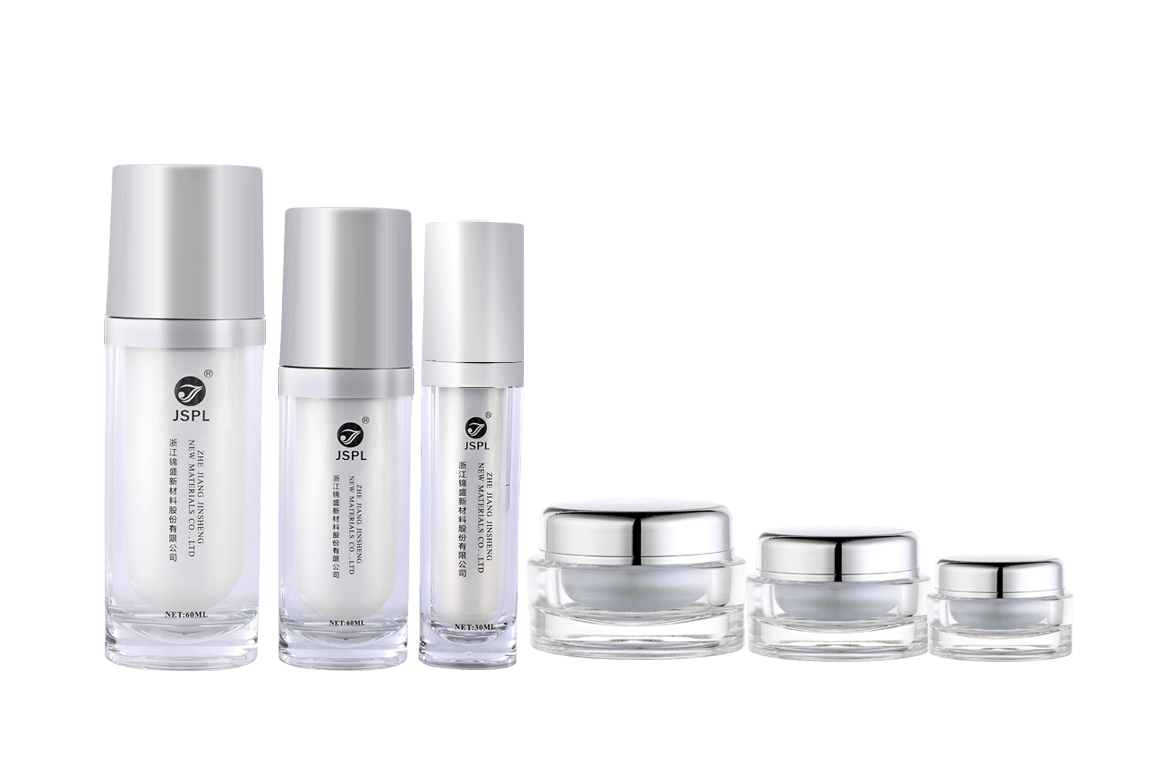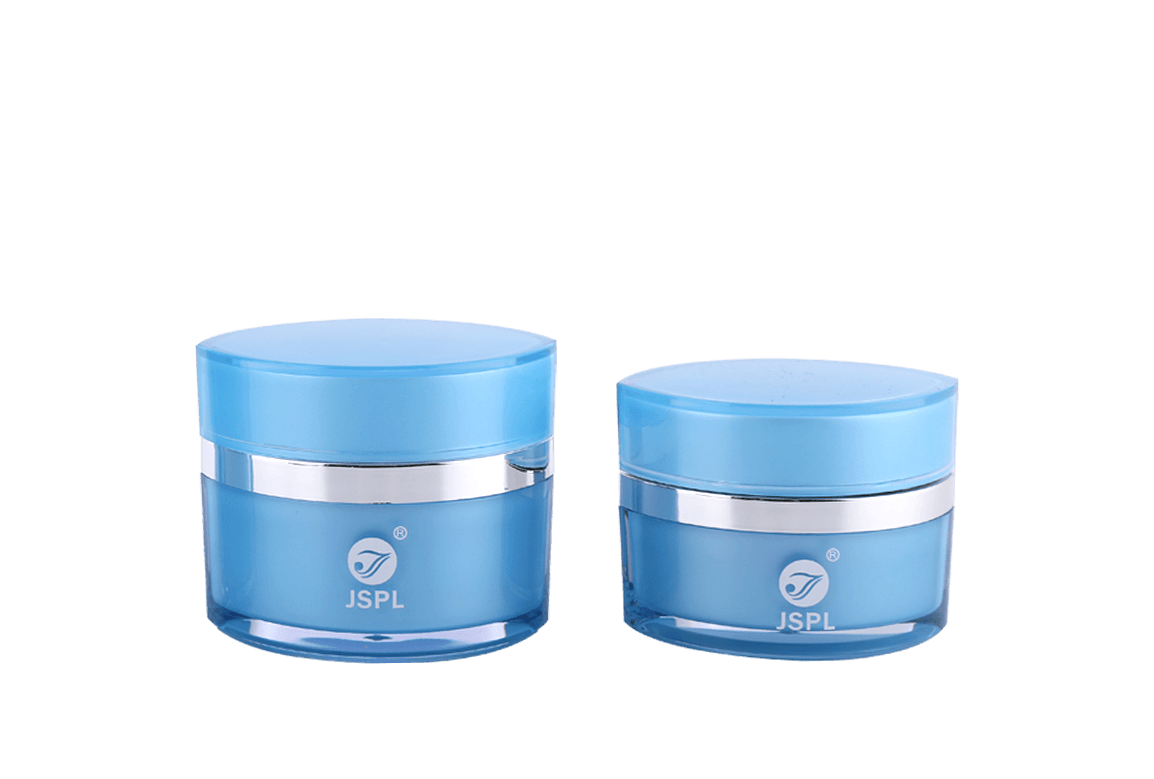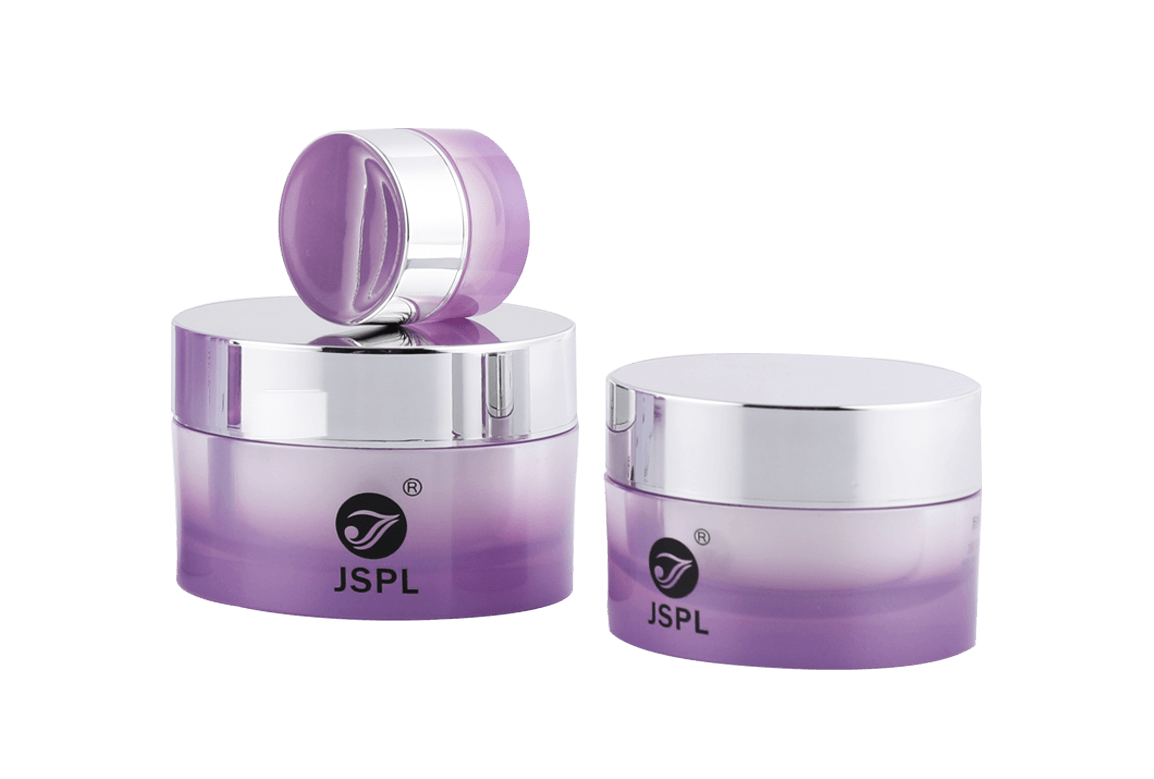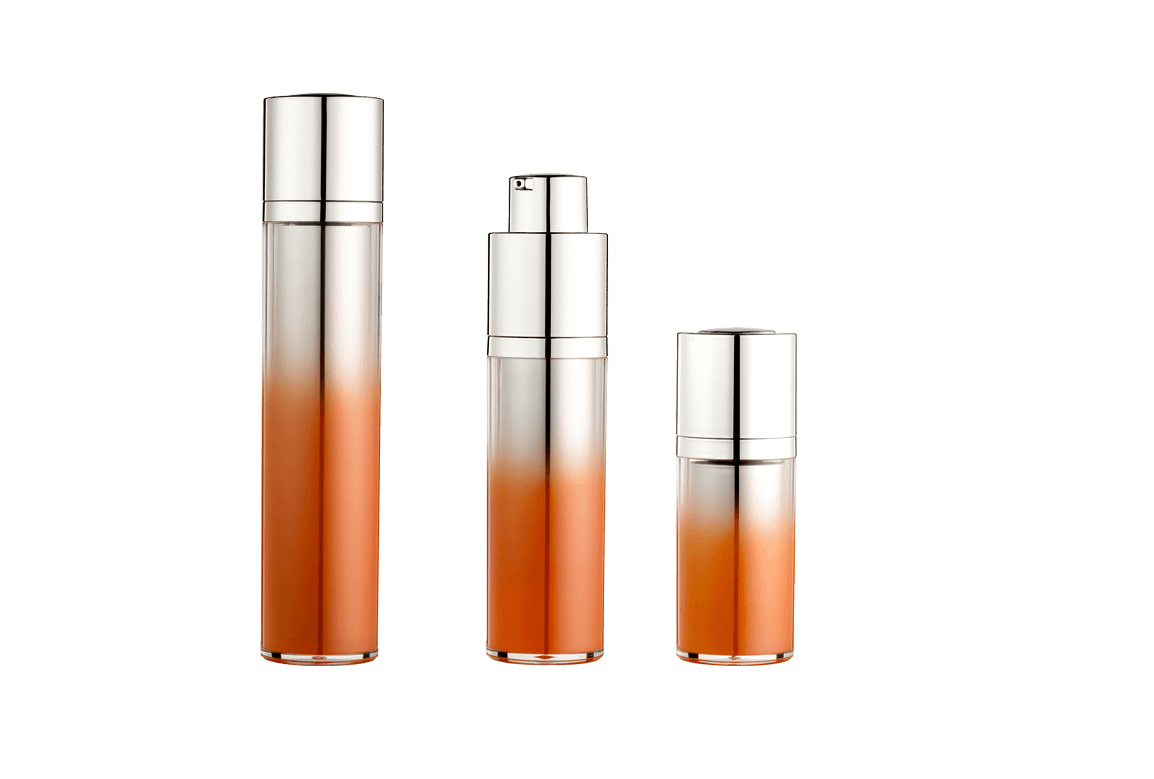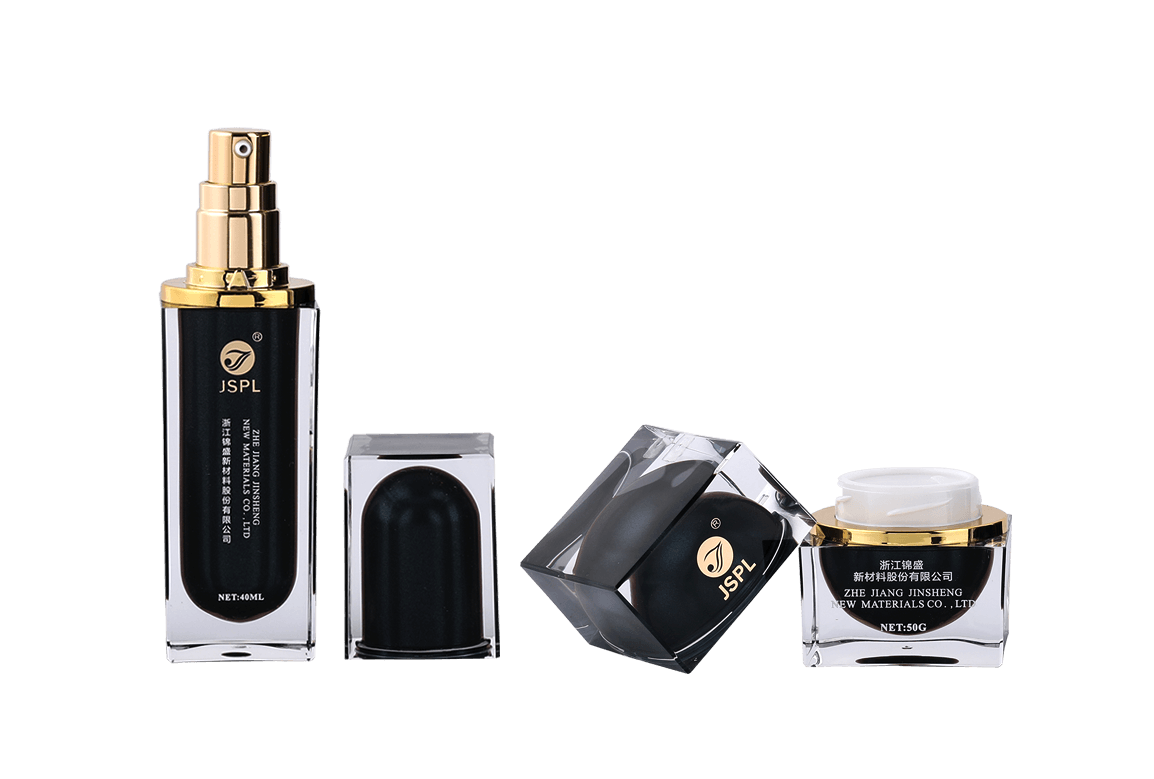I. The Sealing Principles of the Airless Pumping System
The sealing integrity of the Square Airless Lotion Pump Bottle is the foundation of its functionality, safety, and shelf-life stability. The core value of the airless system lies in its ability to effectively isolate the contents from the external environment. This is achieved through two main dynamic sealing zones: the piston-to-inner-wall seal and the pump engine-to-bottle-neck seal.
1. Dynamic Sealing Between the Piston and Inner Wall
The piston is the critical moving component responsible for advancing upwards as the product is dispensed. The contact between the piston and the bottle's inner wall must form a dynamic sealing area.
-
Precision Tolerance Control: The outer diameter of the piston and the inner diameter of the bottle must be controlled to micron-level tolerances. This ensures an intimate contact throughout the piston's travel, preventing air from penetrating underneath the piston.
-
Material Selection and Durometer: The piston is typically made from resilient polymer materials, such as Polypropylene (PP). Its Shore hardness (durometer) must be precisely calculated. A durometer that is too low may result in poor sealing or excessive pumping friction; one that is too high risks generating plastic wear debris that could contaminate the product.
-
Sealing Lip Configuration: The edges of the piston are usually designed with single or multiple sealing lips. These lips slightly deform under pressure from the inner wall, creating one or more airtight barriers. This design ensures the pressure zones above and below the piston are fully separated.
2. Static Sealing Between the Pump Engine and Bottle Neck
The connection point between the pump engine assembly and the bottle neck is another crucial sealing interface. This constitutes the final barrier before the product is first actuated.
-
Thread Engagement and Torque Requirements: The pump engine is typically connected to the neck via screw threads or a snap-on mechanism. If threaded, a specific torque specification must be adhered to upon locking. Insufficient torque can lead to inadequate compression of the sealing gasket and subsequent leakage, while excessive torque can damage the threads or the bottle neck, compromising future re-sealing.
-
Gasket Material and Geometry: A gasket or O-ring is commonly used for sealing the bottle neck. The gasket material must possess exceptional chemical resistance and resilience to withstand potential solvent erosion from the formula and maintain a compressed state over time. The geometry of the square bottle's shoulder requires the gasket to sustain uniform pressure distribution.
II. Unique Sealing Demands Posed by the Square Structure
The square bottle body presents specific technical challenges in sealing control compared to the rotational symmetry of a round bottle, primarily focused on geometry and injection molding precision.
1. Mitigation of Stress Concentration at Corners
Round bottles naturally distribute internal pressure uniformly, whereas the four corners of a square bottle are vulnerable points where stress concentration occurs.
-
Wall Thickness Uniformity: During injection molding, the cooling rate at the four corners of a square bottle differs from the flat side walls, often leading to uneven internal stress. This differential stress can cause micro-cracks in the corners when the bottle is subjected to external pressure or temperature cycling, thereby compromising sealing integrity.
-
Optimized Fillet Radius (R-Corner) Design: Precise Fillet Radius (R-Corner) design is mandatory to ensure a smooth transition and distribute the stress. The R-corner design must balance aesthetic appeal with structural strength and sealing robustness.
2. Geometric Adaptability of Piston to Square Cavity
The square inner cavity necessitates that the piston's exterior shape perfectly matches its contour, unlike round bottles where rotational symmetry is inherent.
-
Guide Rails and Anti-Rotation: The inner wall of a square airless bottle often requires the integration of guide rails or grooves to prevent the piston from rotating during dispensing. This ensures that the sealing lips maintain the correct contact angle and pressure against the inner wall at all times.
-
Consistency of Four-Side Sealing: The contact pressure between the piston and the bottle's inner wall across the four straight sides must be highly consistent. Any lack of pressure on one side can create a leakage pathway. This demands that the square cavity straightness and perpendicularity of the injection mold be maintained with exceptionally high precision.
III. Quality Control and Performance Testing Standards
To ensure the sealing performance of square airless pump bottles meets professional specifications, a battery of stringent quality control and performance validation tests must be conducted.
1. Negative Pressure Leakage Test (Vacuum Test)
This is the definitive test for evaluating the sealing performance of the airless system.
-
Testing Protocol: The filled bottle (often containing water or a test fluid) is placed inside a vacuum chamber. A specified negative pressure value (e.g., or ) is applied and maintained for a predetermined duration (e.g., ).
-
Acceptance Criteria: The bottle or pump head must not exhibit any leakage, deformation, rupture, or piston creep (upward movement) during the test. Piston creep, where air is drawn into the bottle, is direct evidence of sealing failure.
2. Thermal Cycling and Drop Testing
These tests simulate the extreme environments encountered during transportation and storage.
-
Thermal Cycling: The filled product is subjected to multiple cycles of extreme temperatures, such as between and . Temperature fluctuations cause the bottle material to expand and contract, rigorously testing the dynamic adaptability and elastic fatigue resistance of the piston seal.
-
Drop Testing: Simulating accidental drops evaluates the impact resistance of the bottle body, pump head, and sealing areas. The sharp corners of the square bottle are more susceptible to impact forces, necessitating stronger structural toughness.
3. Oxygen Transmission Rate (OTR) Requirements
Beyond physical sealing, barrier properties are an extension of the sealing requirement for protecting sensitive formulas.
-
Barrier Materials: High-quality square airless bottles may utilize multi-layer construction or incorporate high-barrier materials like EVOH to reduce the Oxygen Transmission Rate (OTR). A low OTR is a crucial technical specification ensuring that active ingredients are not oxidized by trace amounts of penetrating oxygen throughout the product's shelf life.

 Chinese
Chinese España
España Italia
Italia Le français
Le français